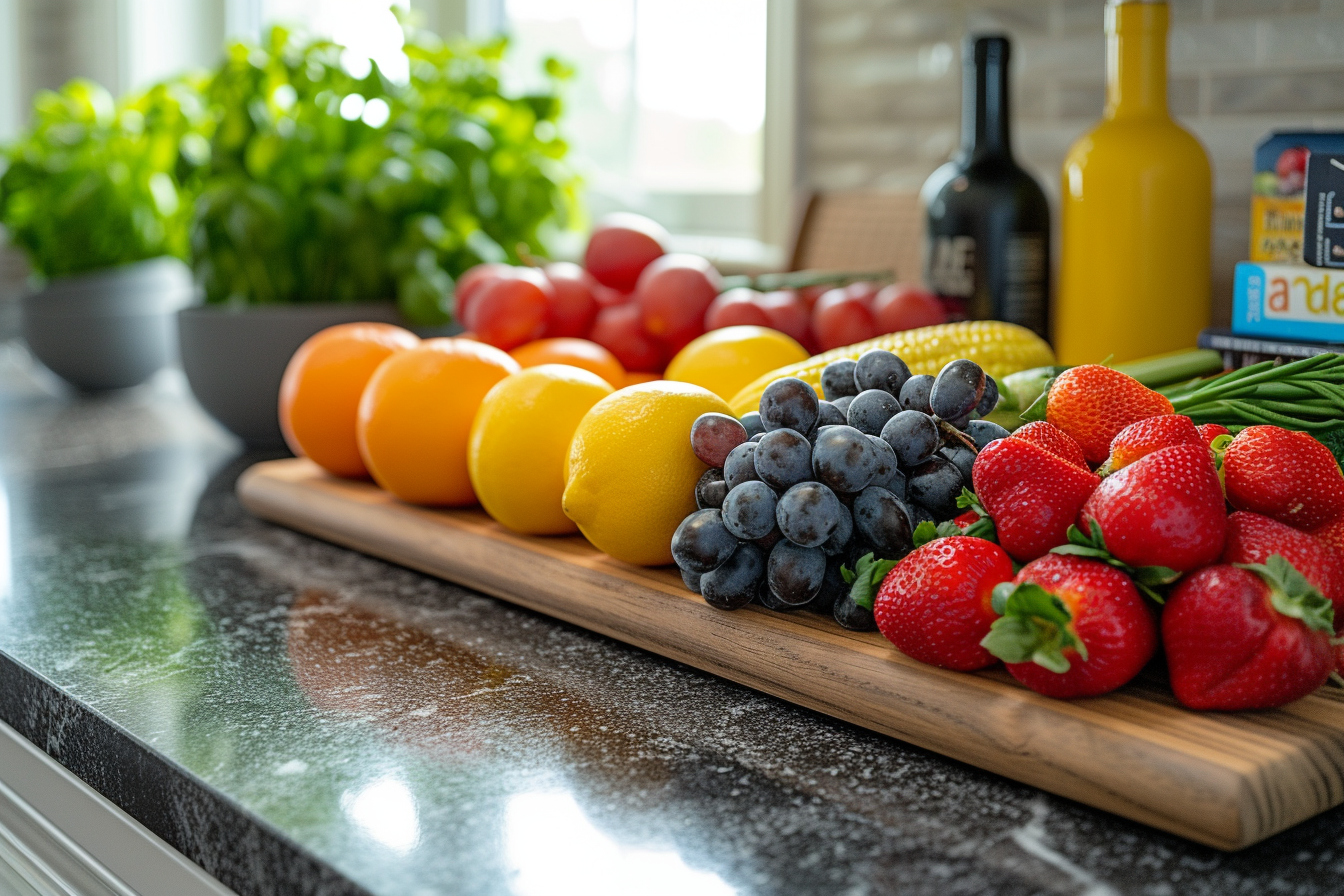Sugar-free cooking is becoming a necessity for many households. Whether it’s due to dietary restrictions, health concerns, or a commitment to a healthier lifestyle, the quest to reduce sugar intake is on the rise. Terraforming your kitchen habits to cut down on sugar is an invaluable endeavor that can reap long-term health benefits including weight management, improved cardiac health, and reduced risk of diabetes. This comprehensive guide delves into the world of sugar-free cooking, offering essential tips to embolden your culinary skills while keeping wellness at the core.
Understanding sugar and its alternatives
Before we dive into sugar-free cooking methods, it is critical to understand the role sugar plays in our diet and why it’s worth replacing. Sugar is a carbohydrate that comes in many forms, including glucose, fructose, and sucrose, which is common table sugar. It is not only present in sweets and desserts but also hidden in a vast array of processed foods. Experts suggest that excessive sugar consumption is linked to a host of health issues, underlining the need for moderation or, ideally, substitution.
Exploring Natural Sweeteners: There are myriad natural sweeteners that can serve as healthier alternatives to processed sugars. Options like stevia, erythritol, xylitol, and monk fruit have grown in popularity due to their low or zero caloric content and low impact on blood sugar levels. Unlike artificial sweeteners, these natural substitutes generally do not have adverse effects on health when consumed in moderation.
The Role of Fruit in Sweetening: Nature’s candy – fruits – can also play a significant role in sugar-free cooking. The intrinsic sugars found in fruits come with fiber, vitamins, and minerals, offering a whole food solution to sweetness in recipes.
Mastering sugar-free baking
Baking without sugar can seem daunting due to sugar’s role in taste, texture, and color. Yet, with the right techniques and ingredients, achieving delicious outcomes is entirely feasible.
Understanding Ingredient Functions: When sugar is removed from a recipe, it can affect the texture and moisture content. Hence, when using sugar alternatives, it is often necessary to make adjustments. For example, using apple sauce or mashed bananas can add moisture that sugar would typically provide.
Rethinking Measurement Ratios: The conversion ratio for sugar substitutes can vary. It’s often not a simple one-to-one substitution. Some sugar alternatives are sweeter than sugar, requiring less quantity, while others may need bulking agents like fiber powders to achieve a similar volume and texture.
Flavor Enhancement: Vanilla extract, cinnamon, nutmeg, and other spices can be used to enhance flavors in baking. They can impart depth and warmth to recipes, compensating for the absence of sugar.
Cooking savory meals without added sugar
Sugar can be insidious, lurking in sauces and dressings of savory dishes. Making homemade spice mixes and sauces can dramatically reduce sugar intake without sacrificing flavor.
Homemade Spice Blends: Preparing your own blends allows for control over the ingredients, ensuring sugar hasn’t been added for bulk or flavor. Spices offer robust flavor without the need for sugar.
Making Sauces from Scratch: Condiments and sauces are notorious for their hidden sugar content. Preparing these at home from fresh ingredients can cut out unnecessary sugars while enhancing meals with pure, unadulterated tastes.
Restaurant meals and sugar-free choices
Enjoying a meal out doesn’t have to undermine a sugar-free lifestyle. It is useful to inquire about the ingredients and request modifications where necessary. Opt for dishes that are grilled, baked, or steamed, as they are less likely to contain added sugars.
The role of education and labels reading
Empowering oneself with knowledge about sugar and its synonyms is paramount. Labels on packaged foods can be deceptive, with sugars listed under names like maltose, dextrose, and high-fructose corn syrup, among others.
Nutrition Labels as a Tool: Reading and understanding nutrition labels is an effective way to determine the sugar content in food. Pay attention to the carbohydrate section, specifically looking for “Sugars” or “Added Sugars”.
Ingredient List Insights: The ingredient list provides a hierarchy of contents. Ingredients are listed in descending order by weight, so if sugar is near the top, it’s a primary ingredient.
Managing sugar cravings
Transitioning to a sugar-free diet may elicit cravings. Satiating these desires with healthier options can facilitate a smoother transition.
Healthy Snacks: Keeping a stash of healthy snacks like nuts, seeds, or Greek yogurt on hand can curb sugar cravings and provide nutrition.
Hydration: Sometimes the body confuses hunger or cravings with dehydration. Drinking water throughout the day can help reduce sugar cravings.
Involving the whole family
Integrating sugar-free cooking into family life promotes a healthy lifestyle for all members. It is an opportunity for education, taste development, and creativity in the kitchen.
Educational Cooking Sessions: Cooking together as a family serves as an educational experience, teaching children about healthy eating and the roles of different ingredients in cooking.
Rewarding Team Effort: Celebrate the successful creation of sugar-free meals as a family achievement. This fosters a sense of team effort and supports lasting dietary changes.

Embracing sugar-free cooking requires a multifaceted approach that encompasses ingredient substitution, label literacy, and creativity in the kitchen. With these tips, you can transform your cooking habits and your health without compromising on taste. Remember, the journey to a healthier kitchen is not only about denying oneself sugar but about discovering a universe of flavors that nature generously provides. Engage this challenge with enthusiasm and let sugar-free cooking unlock a new dimension in your culinary endeavors.











